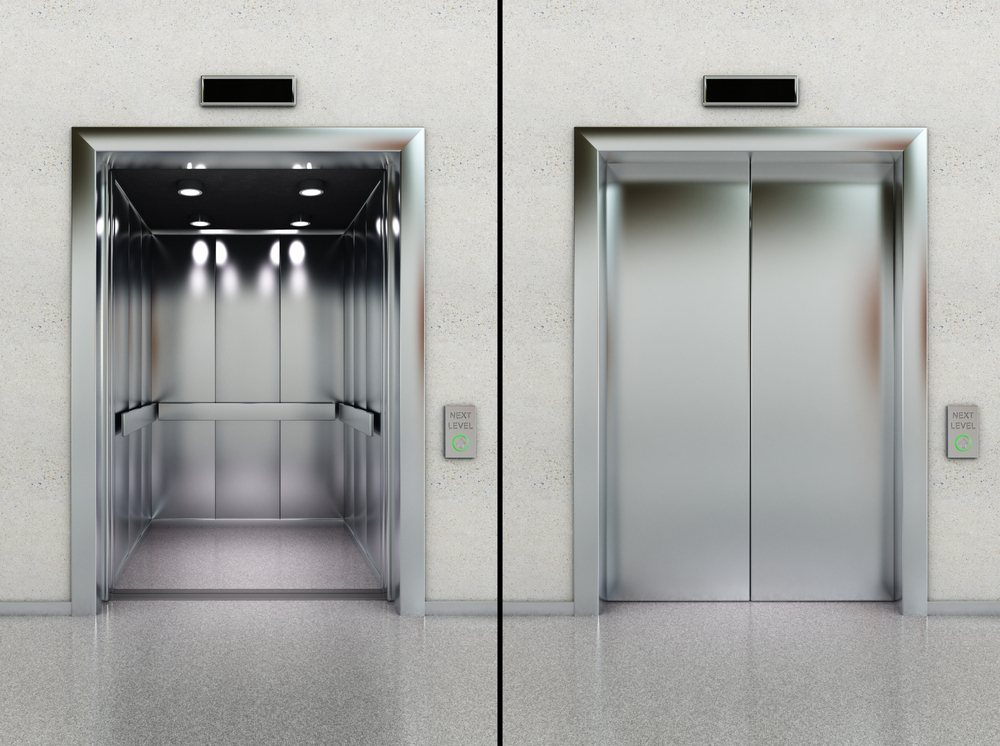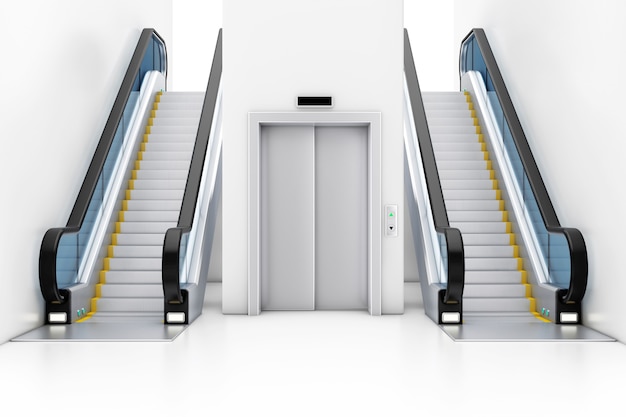We Maintain Lifts to the Highest Possible Requirements: Reliable Solution for All Lift Types
We Maintain Lifts to the Highest Possible Requirements: Reliable Solution for All Lift Types
Blog Article
Looking Into the Globe of Elevators: Common Issues Dealt With by Numerous Lift Systems
As we browse with the vertical transport systems of modern buildings, lifts stand out as an important element of our day-to-day lives. From hydraulic lifts to traction systems and machine-room-less styles, each lift kind comes with its collection of usual problems.
Hydraulic Lifts
Hydraulic lifts, often chosen for low-rise buildings, utilize fluid pressure to control the movement of the elevator automobile (lift repair companies). This mechanism includes a hydraulic pump pushing oil into a cylinder, causing the elevator to move in the desired instructions. While hydraulic lifts are understood for their smooth and peaceful procedure, they do come with their very own collection of usual concerns
One widespread trouble with hydraulic lifts is oil leakage. Additionally, issues with the control system, such as damaged shutoffs or a malfunctioning pump, can trigger interruptions in the elevator's activity.
Routine maintenance and prompt fixings are crucial to make certain the smooth performance of hydraulic elevators. By addressing these usual problems proactively, building proprietors can lessen downtime and make sure the security and performance of their upright transport system.
Grip Lifts
When thinking about upright transportation systems in structures, an additional usual type aside from hydraulic lifts is the traction elevator. Traction lifts operate making use of a system of ropes and counterweights that move the lift vehicle by grasping onto the hoist ropes. This mechanism permits for smoother and faster vertical transport compared to hydraulic systems.
One of the usual problems faced by traction elevators is rope wear. The consistent motion of the ropes within the grip system can result in deterioration with time, potentially creating the elevator to breakdown or become risky for usage. Regular assessments and maintenance of the ropes are important to ensure the elevator's appropriate performance and safety and security.
One more concern that traction elevators might come across is connected to the control system. Troubles with the control system can lead to issues such as unpredictable activity, hold-ups in action times, or perhaps complete closures. Regular testing and maintenance of the control system are crucial to stop such issues and guarantee the elevator's dependability.
Machine-Room-Less (MRL) Lifts

One of the vital components of MRL lifts is the compact gearless grip device that is mounted within the hoistway. This device effectively drives the lift auto without the requirement for cumbersome devices discovered in conventional grip elevators. Additionally, MRL lifts usually make use of a counterweight system to stabilize the car, additional improving their power effectiveness.
Despite their advantages, MRL elevators might face obstacles related to repair and maintenance due to the confined area for equipment installation. Availability for servicing components within the shaft can be limited, calling for specialized training for technicians. Proper maintenance timetables and normal inspections are important to make sure the ongoing smooth procedure of MRL lifts.
Overloading and Weight Restriction Issues
Overloading and weight limitation issues are vital concerns in elevator procedures. Elevator suppliers layout raises with details weight abilities to make certain traveler security and equipment long life.
When lifts are overwhelmed, it places extreme pressure on the motor, cables, and various other parts, potentially creating break downs or breakdowns. Security mechanisms such as sensing units read what he said and overload sensing units are in area to stop elevators from moving if they detect you can try these out excess weight. In addition, exceeding weight restrictions can result in increased power usage and damage on the elevator system.
To minimize overloading concerns, developing supervisors ought to plainly show weight limits in lifts and educate residents on the significance of sticking to these constraints - lift repair companies. Routine upkeep checks by qualified professionals can also assist make certain that lifts are operating within risk-free weight parameters. By resolving overloading and weight limitation issues proactively, structure proprietors can improve lift safety and security and efficiency
Electrical System Failures
Surpassing weight limits in elevators can not only lead to mechanical problems however likewise potentially contribute to electrical system failures within the Related Site lift facilities. Electric system failures are a crucial issue in elevator procedure, as they can cause unexpected shutdowns, malfunctions, or also safety hazards.
Normal upkeep and inspections are important to identify and resolve prospective electric problems promptly, ensuring the efficient and secure operation of lift systems. By sticking to weight limits and carrying out regular electrical system checks, building proprietors can mitigate the danger of electric failures in elevators.
Verdict

Hydraulic lifts, commonly liked for low-rise buildings, make use of fluid stress to regulate the movement of the elevator cars and truck.When considering upright transport systems in buildings, an additional typical type apart from hydraulic lifts is the grip lift. Traction lifts run using a system of ropes and counterweights that move the elevator car by clutching onto the hoist ropes. Unlike traditional lifts that need a separate device area to house the tools, MRL elevators incorporate most of the elements within the shaft, getting rid of the need for a specialized machine space.In verdict, lifts deal with usual problems such as hydraulic breakdowns, traction system failures, and electric system problems.
Report this page